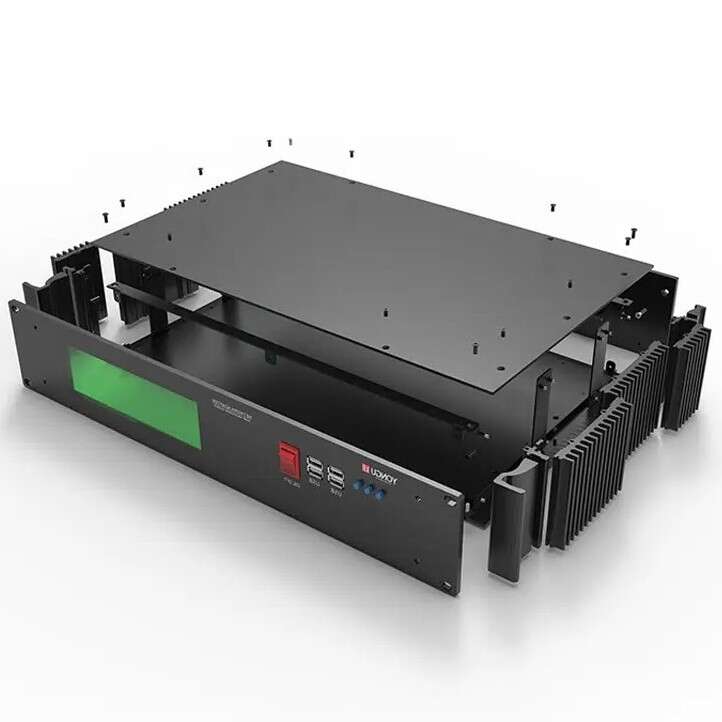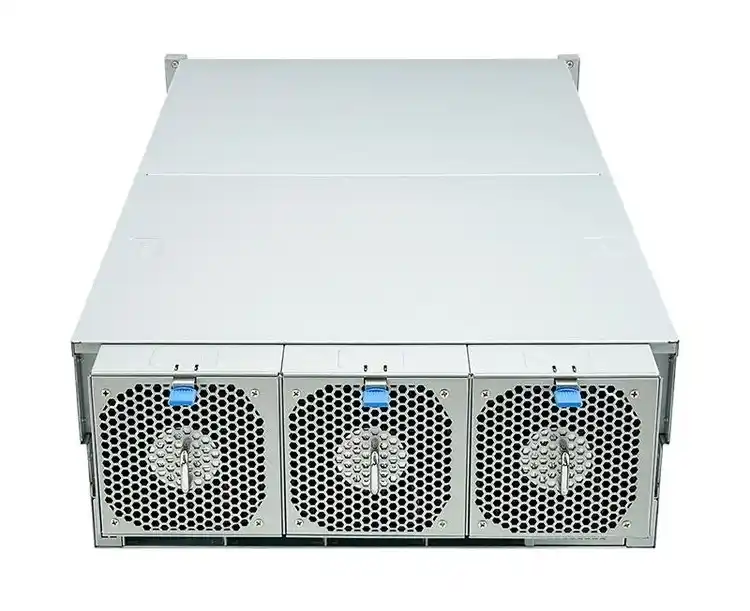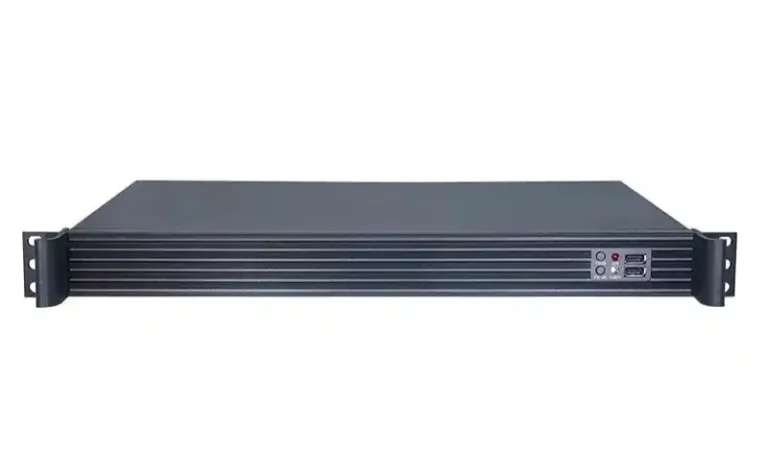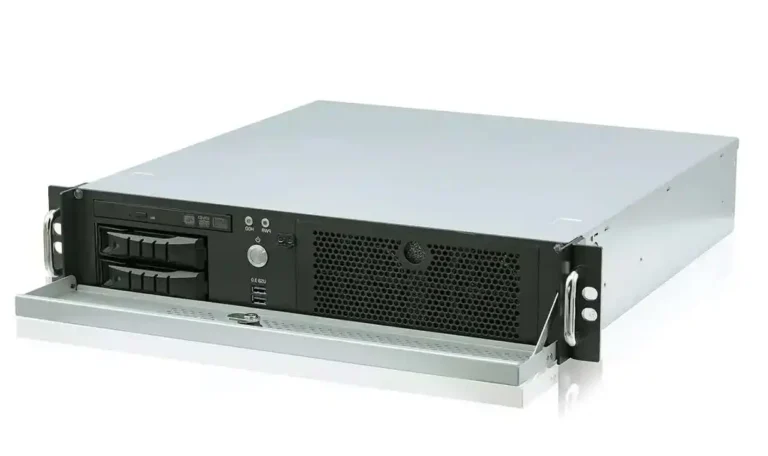You’ve got full-height (FH), full-length (FL) PCIe cards on your desk and a rack waiting. The big call: 3U or 4U chassis? Let’s cut the fluff and talk clearances, airflow, power, cabling, and how this plays out in real-world builds. I’ll keep it chatty, practical, and a bit opinionated—because that’s how decisions get made.
Full-height / full-length PCIe card dimensions (FH/FL)
Before anything else, square the numbers:
- Full-height (FH) ≈ 111.15 mm card bracket
- Full-length (FL) ≈ 312 mm card length (about 12.3″)
- Slot thickness: many modern cards eat 2–4.5 slots. Some go chunkier.
- Top-plug clearance: PCIe power plugs (6/8-pin/12VHPWR) + bend radius usually adds ~20–30 mm above the PCB.
These four facts drive every mechanical decision you’ll make. Measure, then measure again. Don’t eyeball it—trust the tape.
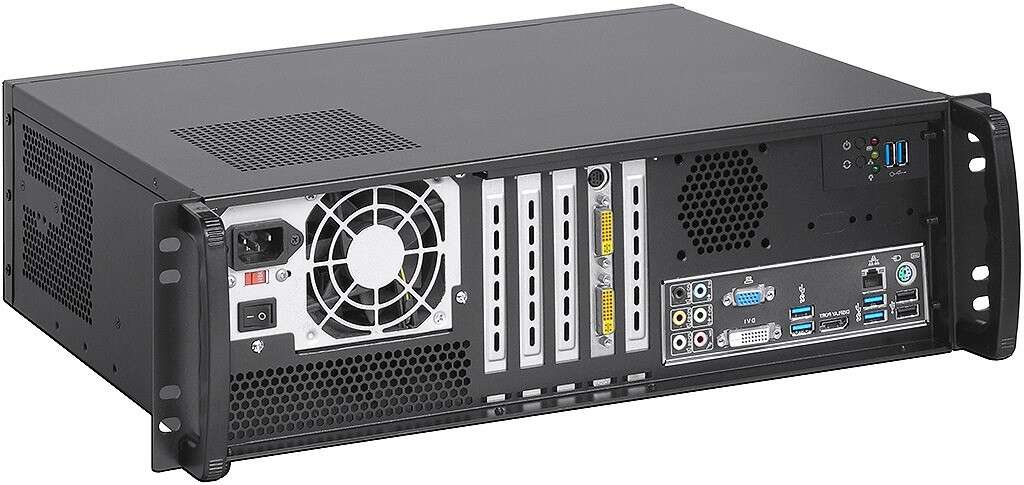
3U vs 4U chassis: clearance, airflow, power
Short take: 4U forgives, 3U demands. If you run multi-GPU, or FL cards with top power, 4U is the chill route. 3U can work, but you’ll plan the living daylights outta cable angles and risers.
3U vs 4U quick reference (clearances & behavior)
| Topic | 3U chassis | 4U chassis |
|---|---|---|
| Vertical headroom (FH cards + plugs) | Tight; top-plug often bumps the lid; 90° adapters or horizontal/riser mounting help | Roomy; top-plug rarely collides |
| Card length (FL ≈ 312 mm) | Fits in some models, but depth + front gear (fans/rads/cages) can “steal” mm | Safer for FL; more cushion in front-to-back |
| Slot thickness / multi-card | Dense but doable with risers; watch VRM heat soak | Easier multi-GPU; bigger fans, straighter ducts |
| Airflow strategy | Needs strong, directed pressure and cable discipline | Large fans, simpler front-to-back wind tunnel |
| PSU options | Sometimes height-limited; cable egress is fiddly | Easier high-watt + redundant PSUs, cleaner loom |
| Noise budget | Fans work harder; pitch can be sharper | Lower RPM for same CFM; less whine (usually) |
Translation: If you’re chasing density or short racks, 3U has a lane. If you’re chasing sustained load at scale, 4U saves time, nerves, and RMA emails.
Top-plug power interference in 3U (why it bites)
Most FL GPUs put 6/8-pin or 12VHPWR on the top edge. In 3U, that connector plus the cable bend is the sneaky “gotcha.” You plug it, close the lid, and… nope. It taps the cover or chafes the jacket.
Fixes that actually work:
- 90° PCIe power adapters or low-profile plugs
- Horizontal placement with riser (PCIe extender) so the power heads sideways
- Choose boards with rear/side power headers (if your BOM allows)
- Route power from the “cold aisle” side to keep bends wide and clean
Is it hacky? Not really—more like good mechanical hygiene. But yeah, it adds parts and planning.
Horizontal/riser mounting strategies in a server rack pc case
When vertical clearance isn’t your friend, risers are. You rotate the card, clear the lid, and free space for airflow shrouds. In a server rack pc case, risers also help you:
- Stagger fat coolers so they don’t starve each other
- Keep hot-zone airflow laminar (front-to-back, no weird eddies)
- Shorten cable runs to the PSU rails and backplanes
If you need chassis rails for easy service, match the total assembly weight and depth with guide rails that won’t sag when you slide the system out. (Yes, sag is real; ask anyone who’s pulled a fully loaded box one-handed.)
Real-world scenarios (not lab, real racks)
Scenario A — “AI training, 3–4 GPUs, tight cabinet”
- Priority: thermals + uptime over absolute density
- Pick 4U. You’ll get bigger fans, cleaner cable paths, and space for proper shrouds.
- Pair with a redundant PSU and a straight airflow duct.
- This is where a server pc case with GPU-ready front pressure shines.
Scenario B — “Edge box, shallow depth, one long capture card”
- Priority: short depth + stability
- 3U can work with a riser + horizontal mount.
- Watch the front intake stack: fans, drive cages, or rads can steal precious millimeters.
- Lock power heads with 90° adapters and zip ties. No floppy cables.
Scenario C — “Mixed PCIe (NICs + accelerators), frequent service”
- Priority: serviceability
- 4U with guide rails avoids scraped knuckles.
- Spread hot cards apart; use blanking plates and baffles to force air through fins, not around them.
- You want a computer case server layout that respects tool-less swaps.
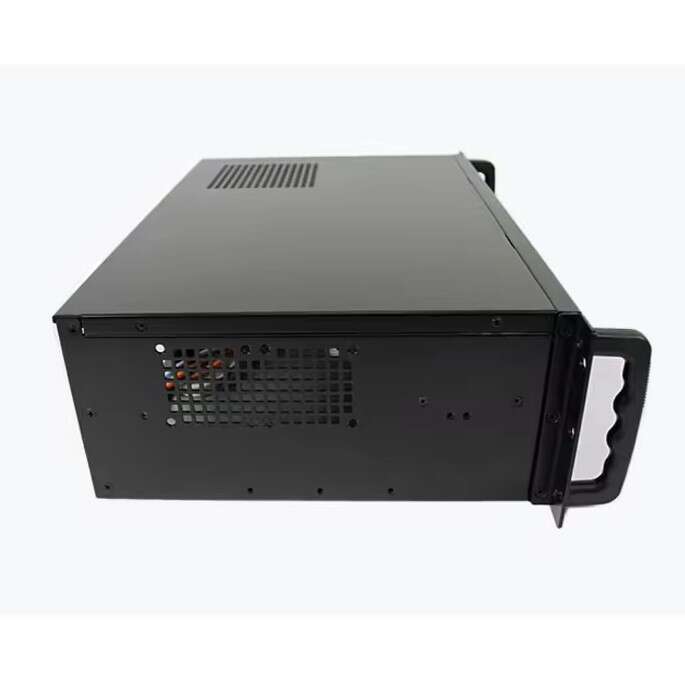
Data-backed checklist (FH/FL reality check)
| Checkpoint | Why it matters | How to verify |
|---|---|---|
| FH clearance (111.15 mm + plug) | Lid collision kills projects | Measure PCB + connector + bend; do a cardboard mock if unsure |
| FL clearance (~312 mm) | Front modules eat depth | Dry-fit with front cages/rads present; leave 10–15 mm slack |
| Slot budget (2–4.5) | Fat coolers block neighbors | Reserve a “breathing slot” between hottest cards |
| PSU cabling path | Tight bends cook jackets | Use 90° heads; route along chassis ribs; no sharp turns |
| Air pressure plan | Warm recirc = silent throttling | Seal gaps; add shrouds; check exhaust delta-T under load |
Keep this list next to your caliper. It saves days.
Where IStoneCase fits (and why folks pick it)
You’re probably not chasing a one-off science project; you want something that ships, stays up, and scales. That’s exactly where IStoneCase leans in: OEM/ODM tweaks for airflow, power routing, and service ergonomics—so your atx server case isn’t just “compatible,” it’s comfortable for FH/FL cards under load.
- Browse GPU Server Case for 4U–6U GPU-ready designs with multi-card space.
- See Server Case if you’re mixing storage + accelerators in classic layouts.
- Need short-depth or tiers by RU? Check Rackmount Case across 1U–4U.
- Edge installs? Wallmount Case makes sense when racks ain’t an option.
- Storage-heavy hybrids pair nicely with NAS Case—front bays plus accelerator slots.
- Small dev boxes or lab nodes? Try ITX Case to test cards before they hit prod.
- Don’t forget serviceability: Chassis Guide Rail keeps heavy builds sane.
- Need little tweaks (fan wall, cable grommets, side-power headers)? Go Server Case OEM/ODM and tell the team what you actually need.
SEO heads-up (and real talk): Your query terms—server rack pc case, server pc case, computer case server, atx server case—map directly to those categories. Use the right term for the right buyer intent, and point them to the right page. Simple.
Thermal design notes for FL accelerators (don’t skip)
- Front-to-back pressure. Build a “wind tunnel.” No random side vents that bleed pressure unless they’re ducted.
- Shrouds and baffles. Plastic/metal guides that force air through heatsink fins, not around them.
- Cable shadowing. Thick PCIe bundles in front of fans create dead zones. Route them to the sides, then back.
- Intake filters. Nice to have, but only if you track ΔP (pressure drop). Dust’s bad; starved fans are worse.
- Exhaust spacing. Leave a few centimeters at the back of the rack so hot air doesn’t smack a wall and U-turn.
I know, it sounds picky. It’s also how you keep clocks up and fans down.
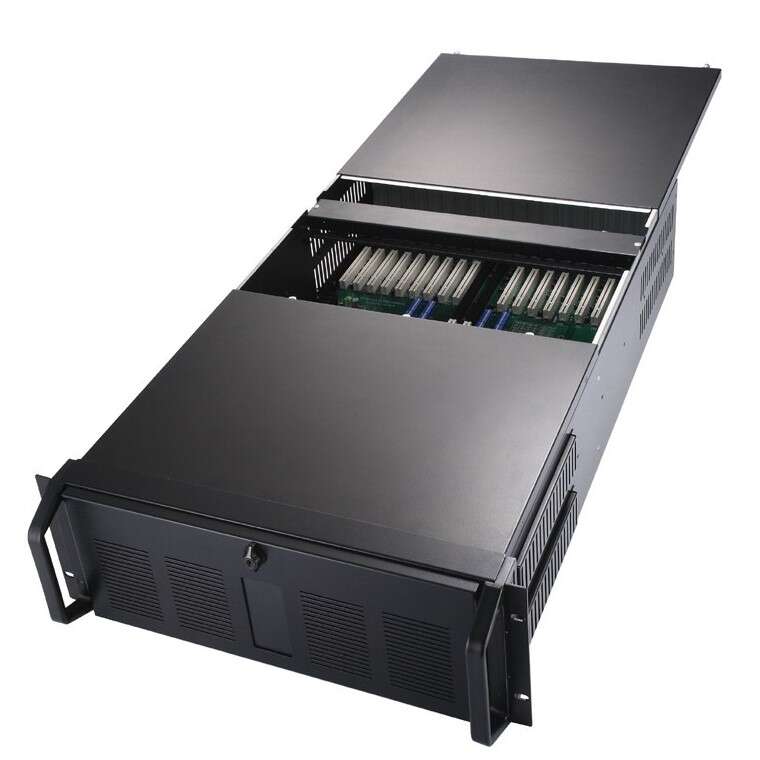
Power delivery & harness clean-up (small changes, big uptime)
- Dedicated rails for hungry cards. Avoid stacking multiple FL cards on one cable unless the PSU vendor says “fine.”
- Right-angle heads save lids and knuckles in 3U.
- Velcro + P-clips keep harnesses off fan inlets.
- Label both ends. Future-you (or your DC tech) will thank you when the pager goes off at 3 AM.
- Test under soak. Burn-in with real workloads; don’t stop at a 5-minute POST victory lap.
Decision flow (pick 3U or 4U without second-guessing)
- Count FL/FH cards and their slot thickness.
- Map power connectors: top vs rear; number of cables; bend radius.
- Check depth with every front module installed (fans, cages, rads).
- If multi-GPU or 12VHPWR top-plug + long cards → pick 4U.
- If single FL and short rack → 3U with riser + 90° power heads.
- For serviceability and scale → 4U + guide rails.
- Need a special layout? Talk OEM/ODM; small tweaks fix big headaches.
A tiny, messy POC story (because reality’s messy)
We once “kinda” jammed two FL accelerators into a 3U dev rig. It POST’d, life was good. Then under load, the top power plug kissed the lid, insulation got warm, clocks dipped. We flipped to a riser, added a baffle, swapped to right-angle heads, and—boom—temps dropped, noise dropped, no more mystery throttling. Point is, you can make 3U sing, it just takes a lil’ more orchestration.
Wrap-up
If your PCIe cards are full-height and full-length, you’re already playing in the big leagues. 4U is the low-stress choice for airflow, cabling, and multi-card futures. 3U still works for tight racks or single FL cards—just plan the power heads and risers from day one. And if you need a chassis that’s tuned—not just “compatible”—loop in IStoneCase early for small, meaningful changes that make your build behave.
Useful links (matched to what you might need next):
GPU Server Case • Server Case • Rackmount Case • Wallmount Case • NAS Case • ITX Case • Chassis Guide Rail • Server Case OEM/ODM
IStoneCase — The World’s Leading GPU/Server Case and Storage Chassis OEM/ODM Solution Manufacturer. We provide high-quality server cases, NAS devices and customized OEM/ODM solutions designed for performance, durability, and tailored to your needs.

